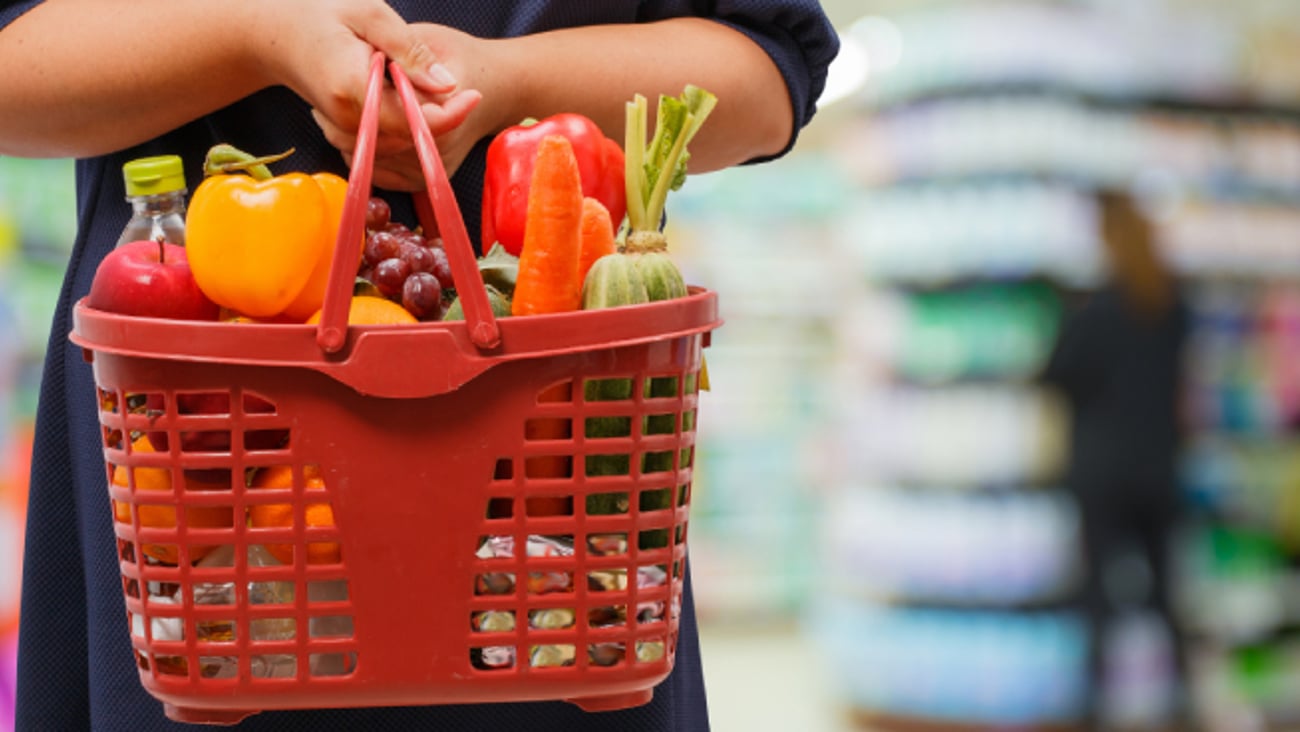The power of on-package labels
As an increasing number of consumers desire healthier products, they are also seeking product information that aligns with their beliefs and priorities. Key to information gathering is enhanced product labelling, which has reached nearly every product available on Canadian grocery shelves.
Today, on-pack information extends beyond the nutrition facts table that was introduced in 2007. A growing number of symbols and certifications touting organic, gluten free, vegetarian and non-GMO attributes – with a host of other sourcing, production benefits and product descriptors – are popping up on Canadian food and beverage products.
The grocery industry has good reason to expand its labelling information. The Ipsos FIVE Consumption Tracking Study reveals 64% of consumers regularly consult either the nutrition facts table details, on-package flashes or ingredient labels, with 60% of shoppers reporting that these details influence their buying decisions.
Interestingly, Canadians buying beverages are more likely to consult on-package information than those purchasing food. Additionally, buyers of private-label brands are somewhat more likely to consult labels than those buying national brands, revealing the ongoing importance of having the right labels in the right place at the right time.
Top labels
When consulting a product’s nutrition facts table, Canadians remain most concerned about calories, sugar, sodium and the list of ingredients. The top label flashes of importance are benefits around country of origin, expiry/freshness dates, product naturalness and the presence of sugar.
READ: As more consumers prioritize health and wellness, grocers step up their offerings
The fastest-growing label flashes, according to the Ipsos FIVE Consumption Tracking Study (conducted in April 2023), are the following: (1) Recyclable packaging (2) farmed responsibly (3) vegan/vegetarian (4) made with plant-based ingredients (5) good source of protein (6) dairy free (7) low sugar.
Rising label skepticism
While Canadians demand that labels provide insight into nearly every aspect of a product, overall reading rates have softened over the past five years, with 10% fewer individuals reporting they regularly consult on-pack labels.
Top factors impacting declining reading rates include the absence of specific information most pertinent to unique dietary beliefs and restrictions; confidence that consumers already know product features and benefits; and, most importantly, a rising skepticism among consumers that labels are misleading, inauthentic or a marketing ploy.
New front-of-package label information
To help Canadians make informed choices about what they buy and eat, Health Canada recently announced new nutrition labelling regulations for many packaged foods and beverages. These regulations will require packaged products that are high in saturated fat, sugars and/or sodium, display a front-of-pack symbol in accordance with government standards. (Manufacturers have until Jan. 1, 2026 to comply.)
The Ipsos FIVE Study has been tracking the impact these new labels will have on future buying decisions since the proposal was introduced in early 2020, and approximately two-thirds of Canadians say this detail will influence their buying choices. This finding underscores the importance of understanding whether a product reformulation or a labelling strategy should be considered prior to the 2026 deadline.
Labels remain a powerful communication tool
As Canada’s population continues to age, the correlation between what we eat and drink and our overall health will no doubt continue to increase. While there may be skepticism, label scrutinization seems a logical place to start for individuals to take control of their overall well-being.
To distinguish their brands, it’s important that retailers and manufacturers feature clear, straightforward product information to educate consumers on the values of their products. In addition to on-pack presentation, consider a QR code that communicates relevant product information, on-shelf initiatives and social media channels.
This article first appeared in Canadian Grocer’s August 2023 issue.





